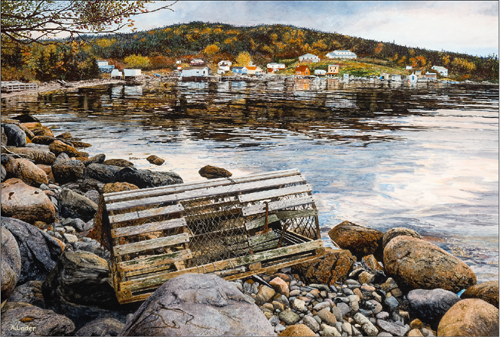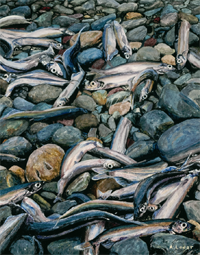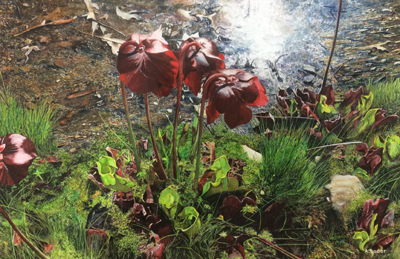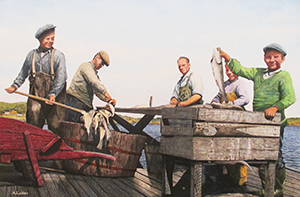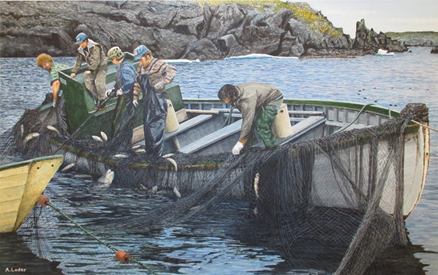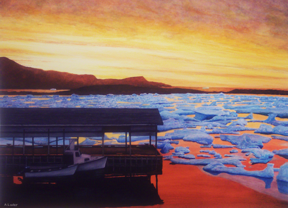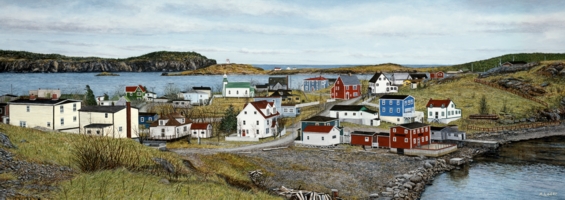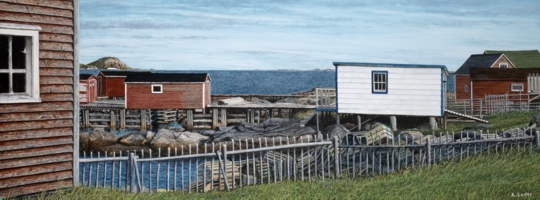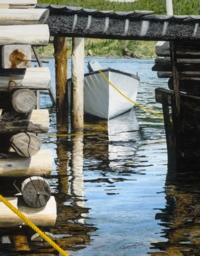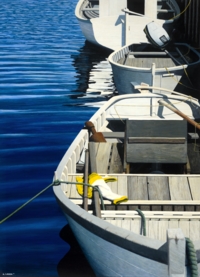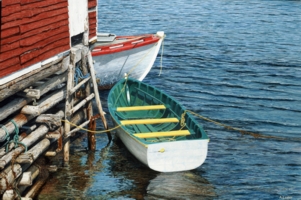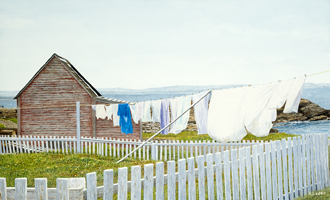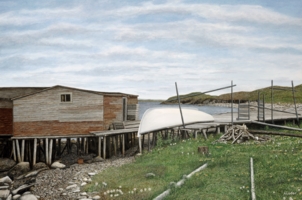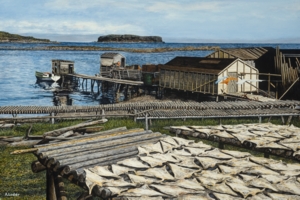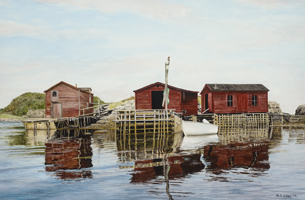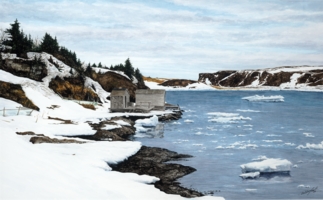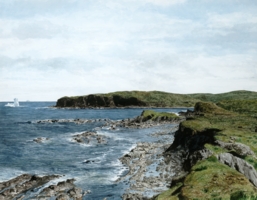Originals and limited edition reproductions may be purchased at The Art & Frame Shoppe (St. John's, NL). Please visit there website for more details.
Scroll down to see what is currently available. Move your mouse cursor over the image for a close-up view of the detail. Please wait for a second or two for the higher resolution image to load.
| Blueberries | |

|
|
|
|
 |  |
| Partridgeberries | |
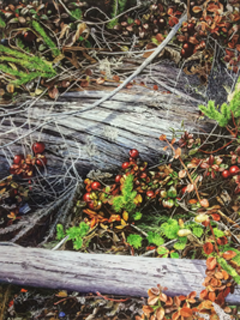
|
|
|
|
 |  |
| Torbay, NL | |
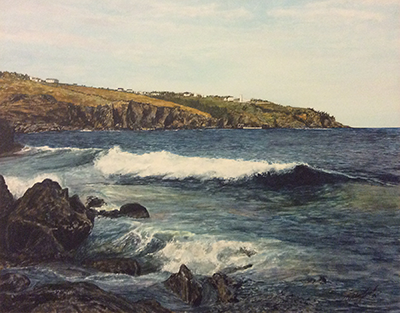
|
|
This is a scene of Torbay, NL. |
|
 |  |
| Twillingate, NL | |
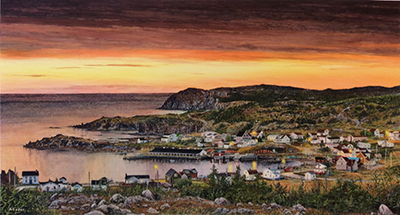
|
|
Sunrise on a quiet summer morning in the historic town of Twillingate, NL. |
|
 |  |
| Sarah's Song | |

|
|
This is the daughter of our very good friends who live in Nova Scotia. A lovely warm evening on Mattis Point, Bay St. George area, NL. |
|
 |  |
| Low Tide | |
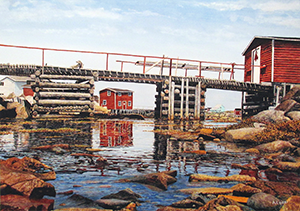
|
|
This is a scene from 'Joe Batt’s Arm,' Fogo Island, NL. I have always been amazed at the richness and variety of colours one sees at low tide. |
|
 |  |
| Little Brehat | |

|
|
|
This scene depicts 'Little Brehat,' a fishing village that was abandoned during resettlement in the 1960s. My brother-in-law (Guy Pilgrim) grew up here. |
|
 |  |
| Fisherman's Crossing (Fogo Island, NL) | |
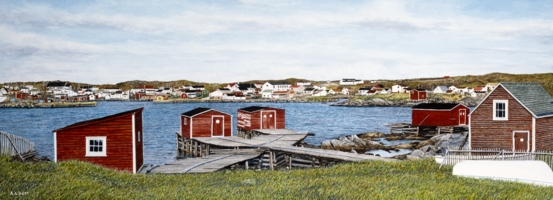
|
|
This is a scene from the historic town of Tilting, Fogo Island NL. |
|
 |  |

